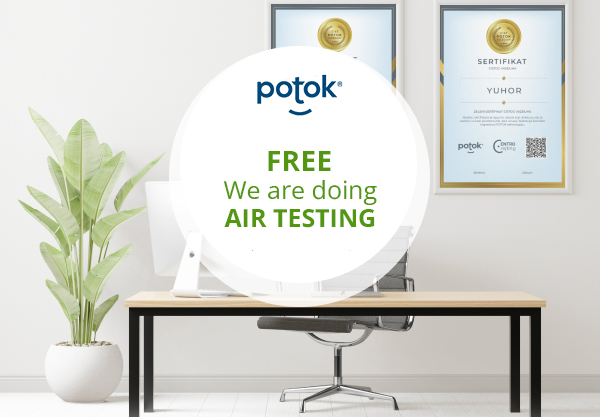Controlling indoor air quality is key to preserving human health and product safety. Standardized air sampling enables the identification and quantification of microorganisms, thereby ensuring compliance with international regulations and standards.
Why is air sampling important?
Air can be a carrier of microorganisms that pose a risk to human health and product integrity. Regular sampling enables timely detection of contamination and taking appropriate measures.
What are the most commonly applied standards?
Depending on the industry, different standards are used:
• ISO 14644-1 – classification of clean rooms according to the concentration of particles in the air.
• GMP (Good Manufacturing Practice) – good manufacturing practice, especially important for the pharmaceutical and food industries.
• HACCP – risk analysis and control points in food production.
These standards define sampling methods and frequency, as well as acceptable limit values.
Air sampling methods
• Passive sampling – using Petri dishes that are left open in space for a certain amount of time.
• Active sampling – using aspirators that pass a controlled volume of air through the cup to ensure more precise and quantitative results.
Reliable solution: Air aspirator CR1402
For precise and efficient air sampling, the CR1402 Air Aspirator is an ideal solution. Designed for stationary and portable use, this device allows:
• High precision in the detection and quantification of microorganisms.
• Easy handling thanks to user-friendly functions.?
• Compliance with strict air quality standards, such as ISO 14644-1 and GMP.
You can find more information about the device at the following link: Air aspirator CR1402
Conclusion
Standardized air sampling is necessary to preserve human health and product safety. Using reliable devices such as the CR1402 Air Aspirator ensures precise control of microbiological air quality and compliance with relevant standards.






